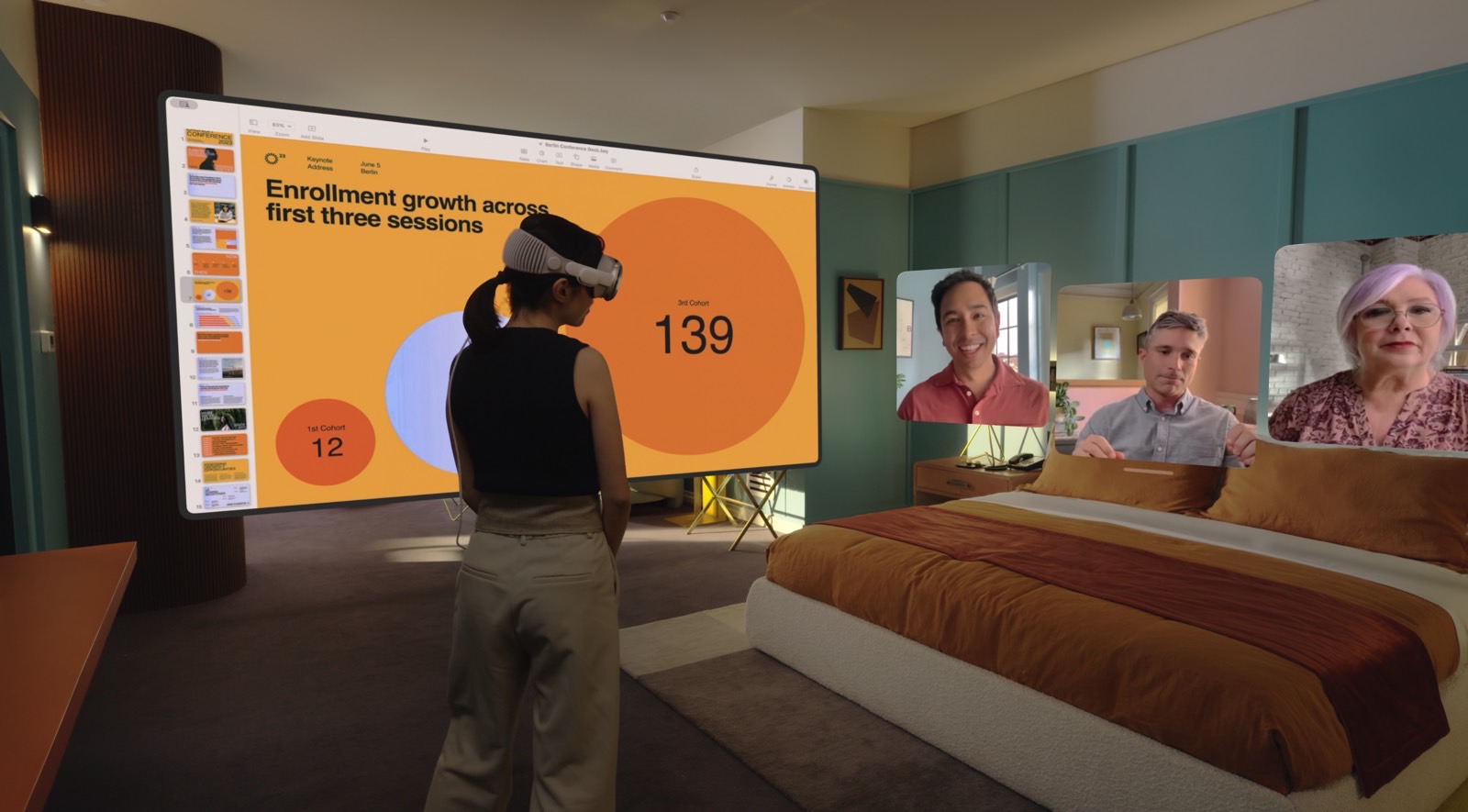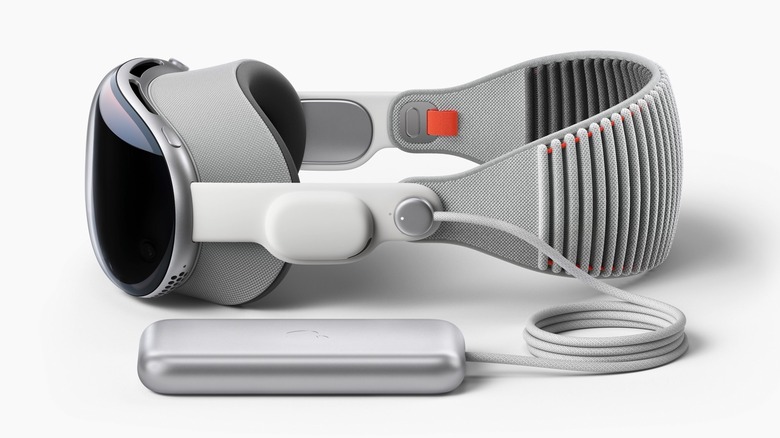Don't Buy The Vision Pro Outside The US From Your Friendly Neighborhood Scalper
It's February 5th, so Apple has already shipped tens of thousands of Vision Pro units. It also started in-store sales and demos. Estimates say Apple sold some 200,000 units during the Vision Pro preorder period in the US. That figure might already account for half of the available capacity for this first-gen device's maiden year. And Apple has yet to launch the Vision Pro internationally.
But in the early hours of February 5th, the first Vision Pro ads went up from scalpers close to where I live in Europe, advertising a spatial computer unit brought over from the States. The price for the 1TB Vision Pro in that ad is probably better than what Apple will charge for the Vision Pro officially whenever it comes to Europe.
Like anyone looking to use the Vision Pro as soon as possible, I'm tempted. I won't lie. But, unlike some people, I know something very important: the US Vision Pro will not work in Europe. Do not buy one outside of the US, no matter where you might live, or how good the price might look.
There is just one exception here. But even then, you might be better off waiting for the Vision Pro to reach European markets in an official capacity.
Likely aware that scalpers would try to buy the Vision Pro in America and then sell it for a profit in Europe and other regions, Apple locked the spatial computer to the US. How is it locked? Simple: Apple requires buyers to use an Apple ID with the location set to the US.
Apple made this clear during preorders by placing an extensive FAQ section on the order page. The section has three questions that tackle the international Vision Pro experience. One addresses the scenario of an international customer buying the Vision Pro in the US and then trying to use it abroad. Apple explains what would happen in this scenario. That's where the Apple ID requirement is mentioned:
- Apple Vision Pro only supports English (US) for language and typing and English for Siri and Dictation.
- App Store requires an Apple ID with region set to the US.
- Purchases on Apple Music and TV app require an Apple ID with region set to the US.
- For customers with vision correction needs, ZEISS will only accept vision prescriptions written by US eye care professionals, and will only ship to US locations.
- Customers may not be able to access certain apps, features, or content due to licensing or other restrictions in those countries or regions.
- Apple Support is only available in the US

Back to the friendly neighborhood scalper in my town, I have no idea whether they're aware of these provisions. Most likely, they aren't, and neither are most buyers ready to spend more than $3,500 for a Vision Pro brought in from the States.
However, I know what would happen if I were to buy it. The Vision Pro would become a glorified paperweight until Apple removes the Apple ID region lock. I would not be able to sign into my Apple ID on it. I also wouldn't be able to download apps of any kind or use the Vision Pro with my MacBook.
What I could do is try to use it as a limited computer and rely on Safari for everything. That's not what I want from the Vision Pro.
Moreover, that's the whole thing about getting the right fit. The Vision Pro requires a face scan. Buying from a scalper means you'll take a gamble. The Light Seal might not fit perfectly, and light might get into the headset.
If you need optical inserts, then forget it completely. There's no place to buy them. Your best bet would be getting contacts to use with the Vision Pro.
I did say there is one instance where international buyers might consider buying the US-bound Vision Pro. If you're an American traveling or living abroad, or if you have an Apple ID with the location set to the US, you can get the Vision Pro from scalpers. The same caveats about the proper fit and optical inserts apply, however. Not to mention that Apple support might be limited.
